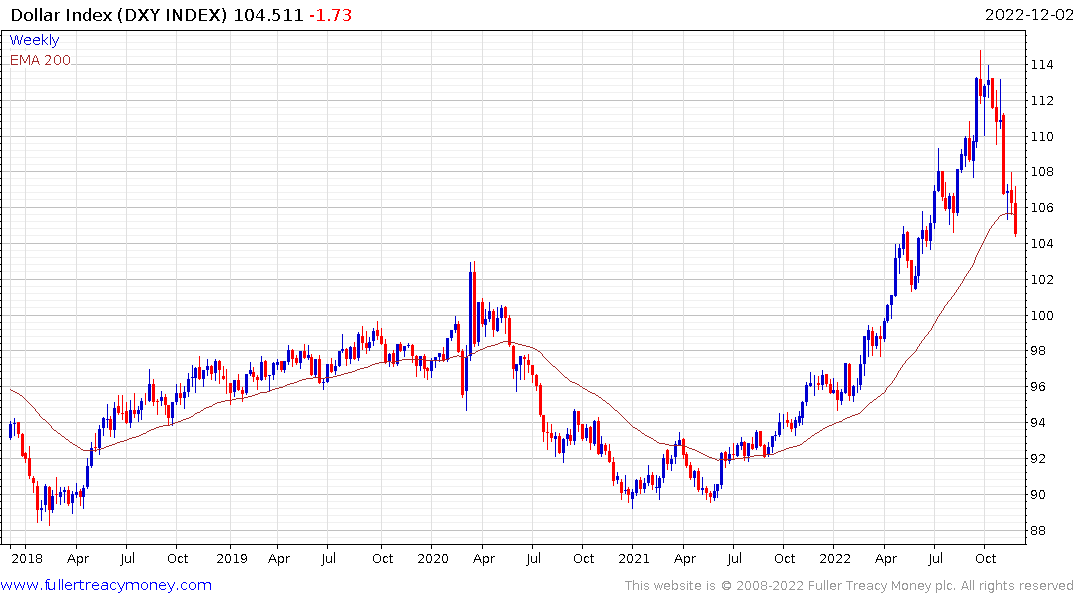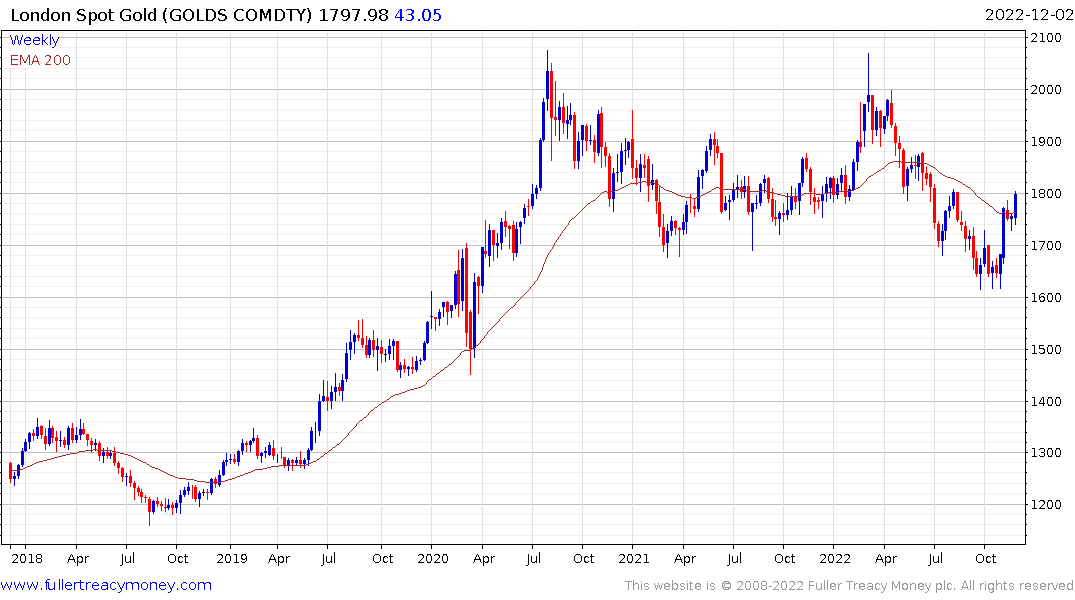Cash as an asset
I posted this piece on Friday discussing the merits of shorter-term bonds versus long-term bonds. The calculations I posted are incorrect because the stated yield is annualised. Therefore the compounding chart I posted is completely erroneous. I really should remember that anything which seems too good to be true usually is. I don’t know what I was thinking and can only apologise. Nevertheless, my conclusions about gold, the dollar and the outlook for stocks remains unchanged. I’ve amended the copy below to make more sense.
During the decade of zero interest rates, savers were sacrificed in the interests of reviving animal spirits among speculators. Rates were held at both low absolute and negative real levels for years.
That forced conservative investors, like pensions, endowments and regular consumers into much riskier assets. Performance in the fixed income markets was driven by price momentum rather than yield which left the sector exposed to the current round of interest rate hikes.
At present, the 1-month yield on US Treasury bills is 3.73%. for the UK it is 3.05%, in Australia the 30-day future yields 2.97%. In Germany, the 3-month bill yields 1.18%. These are all annualised rates.
An inverted yield curve is both a lead indicator for recessions and a cause of the contraction. High short-term rates stifle speculation by simply offering higher guaranteed returns without locking money up for long time.
If the risk-free total return on my cash is a positive number and the stock market is volatile, the attraction of sitting on the sideline is high. At the same time, the outlook for stock earnings is uncertain and tightening liquidity is an increasing headwind for both economies and companies. As institutional investors rediscover the attraction of a guaranteed yield versus exceptional volatility, the liquidity available to stock investors will contract further. That suggests more liquidity problems are inevitable. It also suggests the chances of a mild recession are frighteningly small.


Meanwhile, the value of the Dollar continues to deteriorate so gold is rebounding in emphatic fashion.
Here is a section from a UBS report focusing on money market flows.
Cash levels are very high but likely to move higher (+/-). M2 cash as a % of equity+bond market cap surged toward Apr 2009 levels but declined recently as equities+bonds rallied. However, flows to institutional money market funds tend to follow changes in Fed rates with a ~12mo lag. The jump in Fed rates points to massive inflows to cash-like instruments in coming months, likely at the expense of equities. While institutional managers have raised cash, retail investors appear set to raise cash allocations with a lag once again as short rates are much higher.
Equity to bond reallocation still yet to play out (-). The ratio of equity to bond market cap, a proxy for the relative allocation real time, bottoms around the end of a bear market with 5-20pp declines in the drawdown. With the current implied allocation closer to post GFC highs and just a 3-4pp decline into the Oct lows, there is further room for allocations to move away from equities.
Back to top

